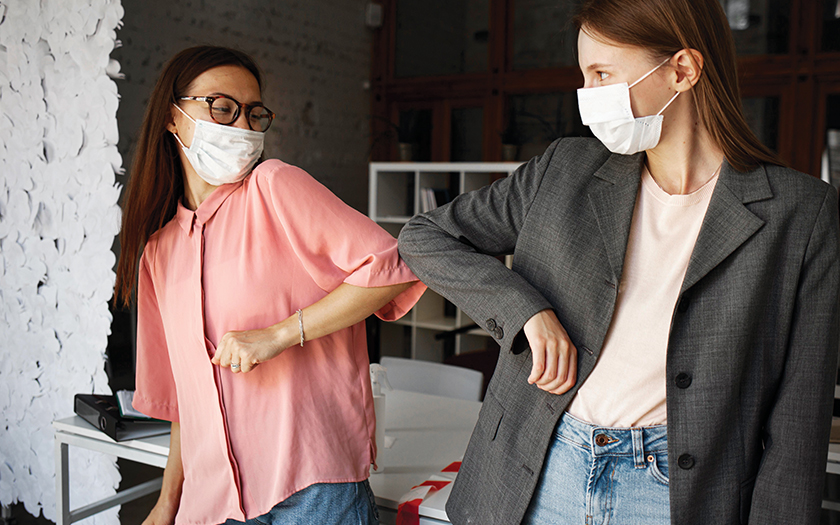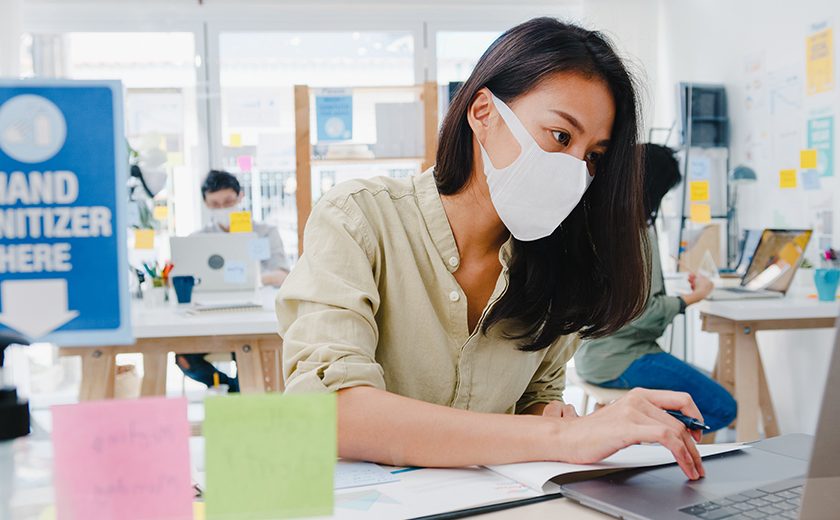Under OSHA ACT 2004 section 32, it is stated ‘A person who, without lawful excuse’ recklessly engages in conduct that places or may place another person who is at a workplace in danger of serious injury is guilty of an indictable offence…’
First and foremost, in the part of employees, they have important roles in ensuring their own health and safety at the workplace, and among them are the following:
- Perform their work safely to protect themselves and others by avoiding any behaviour that will place them or others at risk.
- Follow all health and safety procedures/protocols at the workplace including wearing full personal protective equipment (PPE), obeying safety sign, and adhering to instructions
- Reporting all potential hazards observed at the workplace
- Take reasonable care of their own health if they have known medical illness
- Cooperate with anything the employer does to comply with Occupational Safety and Health (OSH) requirement
As for the part of employers, their responsibilities include:
- Provide a workplace free from serious recognised hazards and comply with standards, rules and regulations issued under OSHA ACT
- Thoroughly examine the workplace condition to conform to applicable OSHA standards
- Make sure employees have and use the proper safe tools and equipment at the workplace
- Use labels and signage to warn employees of potential hazards
- Establish and update operating procedures and communicate them so that employees will follow safety and health requirements.
- Employers are responsible to provide proper safety training for their employees
- Provide medical examinations and treatment towards employees that are exposed to potential hazards
- Keep records of work-related illness, and provide access of medical records to employees and their representative
- Provide employees access to log of work-related illnesses for 3 months, covered employees must post the summary to the OSHA log of illnesses (OSHA form 300A)
- Do not discriminate against employees who exercise their rights as permitted by OSHA act
Employees have certain basic health and safety rights at the workplace. Under the OSHA ACT, all employees with connection to their workplace are entitled to the following three fundamental rights
- The right to know, about health and safety matters at workplace
- The right to take part in decision made by employers regarding matters that could affect their safety and health
- The right to refuse work that could affect their health safety and that of others

Safety hazards in confined workspace
Confined space refers to any place which, by design, has limited openings for entry and exit, unfavourable natural ventilation which could contain or produce dangerous air contaminants (chemical or biological hazards), and which is not intended for continuous worker occupancy.
Common hazards associated with confined spaces include toxic atmosphere; oxygen deficiency & enrichment; flammable or explosive atmospheres; flowing liquid or free flowing solids; excessive heat; and asphyxiation from some other source such as dust, grain, and other contaminant
There should be certain precautions taken while working in confined spaces, and theses include:
- Monitor the atmosphere before entering using available digital instruments.
- Eliminate or control hazards prior entering the space. Ventilation is an example of a control.
- Ventilate the space. Introduced air must be fresh before entering.
- Use proper personal protective equipment, however PPE is the last line of defence, elimination and control of hazards should be done whenever possible.
The effect of Covid-19 on health & safety at the workplace
COVID-19 spreads primarily through respiratory droplets or contact with contaminated persons/surfaces. Exposure can occur at the workplace, during work-related travel to an area with local community transmission, as well as on the way to and from the workplace.
The risk of exposure to COVID-19 in the workplace depends on the likelihood of being within one metre of others, in having frequent physical contact with infected people and through contact with contaminated surfaces and objects.
With support of an occupational health and safety advisor/physician, employers should carry out rapid risk assessments to determine the possibility of exposure risk in order to put in place preventive measures for each specific work setting and employees role
Employers and OSHA advisor/OHD, in consultation with employees, should carry out and regularly update the risk assessment for work-related exposure to COVID-19, preferably with the support of occupational health services. For risk assessment, consider the environment, the task, the threat, resources available, such as personal protective equipment, and the feasibility of protective measures. The risk assessment should also extend to the employees individually, who may be at higher risk of developing severe COVID-19 illness due to age related or pre-existing medical illness.
Preventive measurement to eliminate COVID-19 transmission at workplace include frequent handwashing or disinfection with alcohol-based hand sanitiser; respiratory hygiene such as covering cough/sneeze; physical distancing of at least one metre or more according to the national/KKM recommendations; wearing of mask at workplace; regular space cleaning and disinfection; and limiting unnecessary travel. As mentioned earlier, employers are responsible to clear policies and messages, as well as training and education for staff and managers to increase awareness and to provide hazards signage/reminders at workplace regarding COVID-19.
The management of employees with COVID-19 or their contacts is also critical e.g., requiring workers who are unwell or who develop symptoms to stay at home, self-isolate and contact a medical professional or the local COVID-19 information line for advice on testing and referral.
COVID-19 is associated with a range of concerns, such as fear of falling ill, of being socially excluded, placed in quarantine, or losing of livelihood. Symptoms of anxiety and depression are common reactions for people in the context of COVID-19. Mental health and psychosocial support should be made available to all employees. Comprehensive risk assessment can help identify and mitigate related occupational health hazards for mental health during COVID-19 pandemic.
Dr Nurul Rahman Bin Mohamad Zahari, Medical Officer & Occupational Health Doctor, Pantai Hospital Ampang (PHA)


